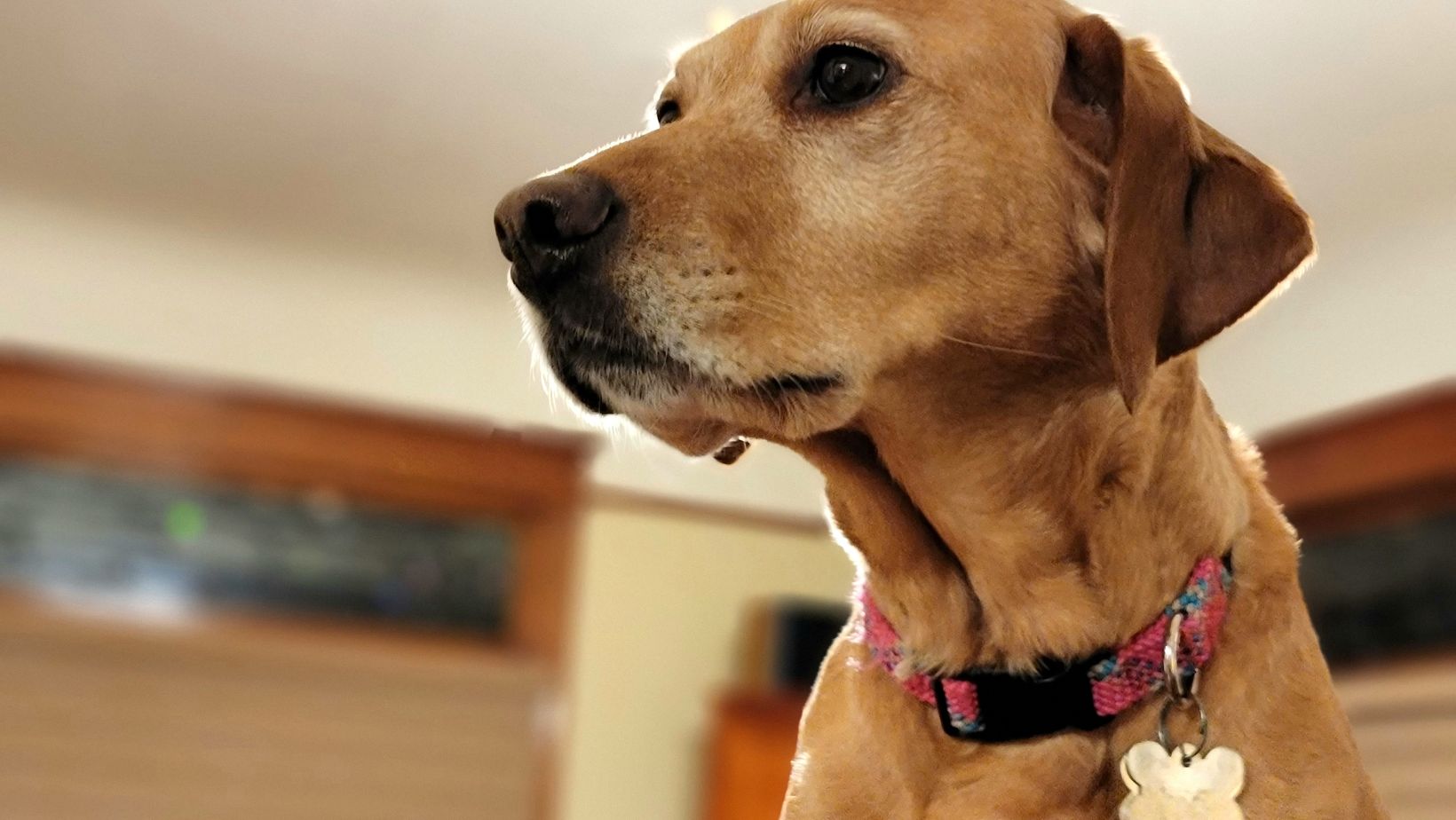How to Stop Aggression Between Dogs in the Same Household
Are you struggling with aggression between your Labrador dogs in the same household? Dealing with aggressive behaviour can be challenging and distressing for both pet owners and their furry friends. In this article, I’ll provide you with effective strategies to help stop aggression between Labradors in your home. By understanding the root causes of their aggressive behaviour and implementing appropriate techniques, you can create a harmonious environment for all members of your canine family.
Aggression between dogs in the same household can occur due to various reasons such as resource guarding, territorial disputes, fear, or social hierarchy struggles. It’s important to identify the triggers that lead to aggressive outbursts and address them accordingly. One key aspect is ensuring each dog has their own space, toys, feeding areas, and attention from the owner. This helps alleviate competition and minimise potential conflicts.
Remember that patience is key when dealing with aggression issues. Seek guidance from a professional dog trainer or animal behaviourist if needed. By following these tips consistently and creating a safe environment for your Labradors, you’ll enhance their bond while effectively resolving any aggression problems within your household.
Identifying the Root Causes of Aggression
When dealing with aggression between dogs in the same household, it’s crucial to first understand the underlying causes. Aggression in dogs can stem from various factors, and recognizing these triggers is essential for effective intervention.
One common cause of aggression is a lack of proper socialisation. Dogs that have not been exposed to different environments, people, and other animals during their early development stages may exhibit fear or anxiety-based aggression. This is particularly important to consider when bringing home a new Labrador puppy who hasn’t had adequate opportunities for socialisation.
Another factor contributing to canine aggression is genetics. Certain dog breeds, including Labradors, may possess genetic predispositions towards aggressive behaviour. Understanding breed characteristics and potential tendencies can help owners proactively address any potential issues before they escalate.
The Role of Socialization in Reducing Aggression
Socialization plays a vital role in reducing aggression among dogs within the same household. By gradually exposing your Labrador to various stimuli from an early age, such as different people, animals, sounds, and environments, you can help them develop confidence and adaptability.
Positive reinforcement training methods are also beneficial when addressing aggressive behaviour caused by fear or anxiety. Rewarding desired behaviours while redirecting negative ones helps create positive associations and builds trust between you and your Labrador.
Additionally, providing structured playdates with well-behaved dogs outside the immediate household can enhance social skills and reduce territoriality or possessiveness over resources like toys or food.
Environmental Triggers and Their Impact on Dog Behavior
Environmental factors can significantly impact dog behaviour and contribute to inter-dog aggression within a household setting. Understanding these triggers allows pet owners to minimise stressors that may lead to conflicts between their Labradors.
Some environmental triggers include:
- Lack of space: Insufficient room for each dog to have their own territory can lead to resource guarding behaviour and territorial aggression.
- Inadequate exercise: Labrador Retrievers are an active breed that requires regular physical and mental stimulation. A lack of exercise can lead to pent-up energy, which may manifest as aggression towards other dogs in the household.
- Unpredictable routines: Dogs thrive on consistency and structure. Frequent changes in daily routines or sudden disruptions to their environment can cause stress and trigger aggressive behaviour.
Creating a harmonious living environment for multiple Labradors involves addressing these environmental triggers by providing adequate space, implementing a consistent routine, and ensuring each dog receives sufficient mental and physical exercise.
